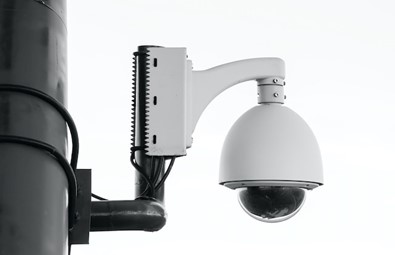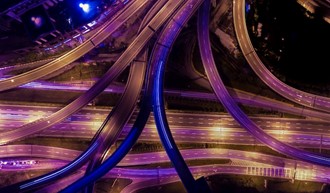
It’s often not easy to track and monitor the development and growth of smart cities. This is something that leaves many people feeling unsure about what these developments are and how they differ from regular cities.
Nevertheless, with technology playing an ever-more critical role in our modern world, the importance of defining smart cities cannot be stressed highly enough. Downtown Nixa Mark Anderson has summarized some of the integral features of these urban regions. Hopefully, this may provide a run-down of what these cities are and why they’re increasingly common around the world.
Definition of a Smart City
A smart city is generally classified as an urban development that integrates modern data technology into its running.
Approximately two thirds of people live in these areas in the United States. Thus, more autonomous systems can be beneficial to manage and cater for such significant populations. And, while regular areas utilize data, smart cities are increasingly specific in their integration of software. This often enables rapid monitoring. Moreover, it allows policymakers to decide on and implement change faster.
Origins
The origins of such localities is relatively easy to identify. After 9-11, numerous countries internationally began focusing more heavily on surveillance. In line with this, the number of security systems increased dramatically.
This would create entire sectors run by surveillance and AI in an effort to better protect panicked populations. However, while these origins were largely humble, they grew rapidly over the years. This would lead to such areas compiling vast amounts of computerized data autonomously.
How Technology is Changing Urban Development
Modern tech is irrefutably altering the norms of urban development. With increasing focus on data collection, local people are often also becoming increasingly concerned about their own privacy and security.
Original funding helped establish smart tech in significant numbers of cities. However, as time has passed by and grant funding has run out, new ways to continue financing such systems have been necessitated. Thus, a key component of many developments is smart ticketing systems. These not only automate vehicle control. Hence, they may support sustainability goals.

Enhancing Sustainability
One modern benefit of smart tech, however, comes in the form of sustainability. By streamlining sustainable measures, these technologies are supporting the transformation of cities into climate-friendly regions. This has also offered a simple option to help monetize sustainability focuses.
Future Proofing
There are potentially further benefits that may be available, though. While these are still in their relative infancy, such data and tracking systems can be good for predicting and increasing resilience toward natural disasters. Forecasting tools and modeling are helping anticipate these events and future-proof projects in line with this.
Final Thoughts
Urban development is inevitable. However, the speed of such changes is becoming hard to keep up with. In line with this, many regions are rapidly becoming so-called smart cities – and this is significantly influencing the overall growth of cities around the world, with some regions being more affected than others.



